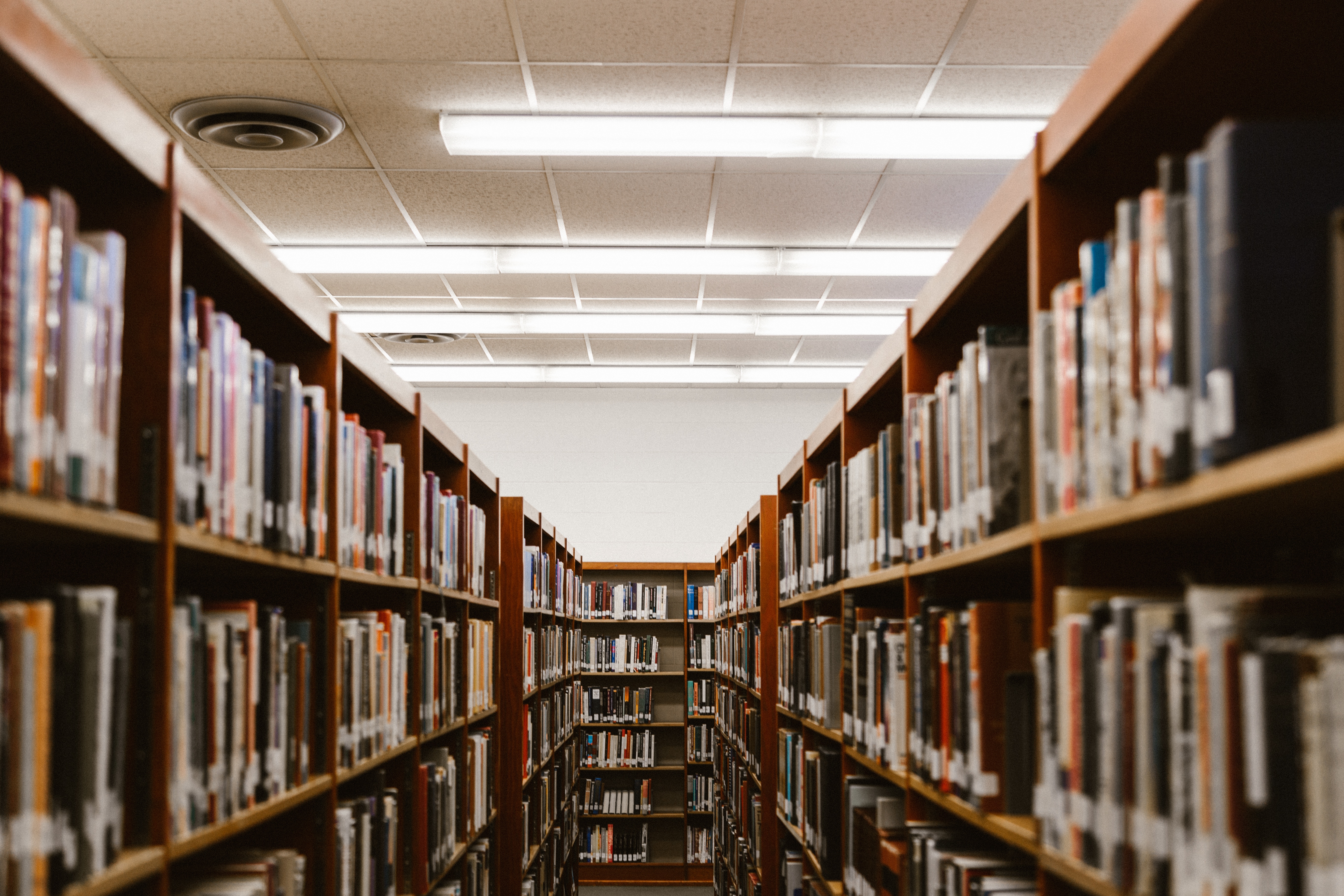
Transforming Higher Education for a Sustainable Tomorrow
Malaysia places great emphasis on offering quality education from primary to tertiary level. With strong support from the Government and a comprehensive higher education policy, Malaysia has positioned itself as one of the most popular destinations for quality university education. “Universiti Sains Malaysia (USM)” is recognized to be in the frontline contributing to the goal of imparting quality education. It is the second oldest university in the country and located in Penang Island, approximately 350 km to the north of Kuala Lumpur. USM was established in 1969 and upgraded to a Research University in 2006. It is the only university in Malaysia to be awarded the status of Accelerated Programme for Excellence (APEX) by the Malaysian Ministry of Higher Education (MOHE) in 2008.
Building the University of the Future
In order to further enhance the quality of education and distinctive research, the teaching and research facilities needed to keep up with the emerging needs of the students and faculty at USM. After being positioned as a research university by the Government, IsDB support in 2006 was timely. IsDB’s project with USD$38 million financing helped USM in creating modern facilities and becoming a world-class provider of higher education and research facilities. The curriculums were transformed to focus on market demand and the graduates were made ready to be absorbed in major industries such as engineering, medicine, science, and technology.
Quality and Innovation in Science and Technology
The advanced and high-tech laboratory equipment provided by the project has enabled many researchers at USM to perform complex laboratory experiments and Nano-Level analysis. The facilities have enabled significant scientific breakthroughs in the fields of molecular medicine, pharmacy, engineering and physics.
Sister Siti Nor Qurratuaini Abd Aziz and Sister Farazehan Senusi, Ph.D. students at the Science and Engineering Research Centre (SERC) in Nibong Tebal, described that the modern equipment has enabled them to conduct complex research with much faster results.
The center helps researchers and students to better contribute to the new body of knowledge in their field of studies. Madam Hariy Pauzi, the Chief Science Officer, concurred that the state-of-the-art equipment at the Chromatography and XPS laboratories have benefitted researchers at the center to produce research outputs that have been published in many top science and technology journals.
The scientific and technological innovations have led to international recognition of the USM. Large funds for research grants and internship opportunities for USM students have been established. Attracted by the innovative solutions and their industrial implications, several international companies as well as local businesses have collaborated and formed meaningful partnerships with USM.
Furthermore, a new department was created with additional four academic disciplines. Also, during 2010 and 2017, the number of teaching faculty members increased from 1,125 to 1,310 while the number of full professors increased from 135 to 213 during the same period. USM is now able to produce 500 PhD graduates per year compared to less than 200 in 2010.
Strategically, this project was also in line with the agenda of Malaysian Education Development Plan
(2001-2010), which envisioned for adequate humans resources to increase Malaysian competitiveness in the global economy and fulfill the development objectives of the country. The project was also in line with IsDB core mandate of supporting socio-economic development and enhancing cooperation among Member Countries.
Nurturing Future Leaders and Sustainable Tomorrow
The project has helped USM strengthen its education system to become a world-class institution in science and technology. According to QS world university ranking 2018, USM ranked 8th best in ASEAN countries and 12 subjects offered by USM are among the top 100 in the world.
As a result of the project intervention, seven new institutes were established and 19 laboratories were accredited with ISO 17025. The number of USM departments increased from 24 to 25 and the number of academic disciples accredited increased from 60 to 64. The number of teaching faculties increased from 1,125 when the project started in 2010 to 1,310 in 2017, and the number of full professors increased from 135 to 213 during the same period. Having been awarded the APEX status and supported by well-equipped high technology laboratories, USM is poised to produce leaders in science and technology.
